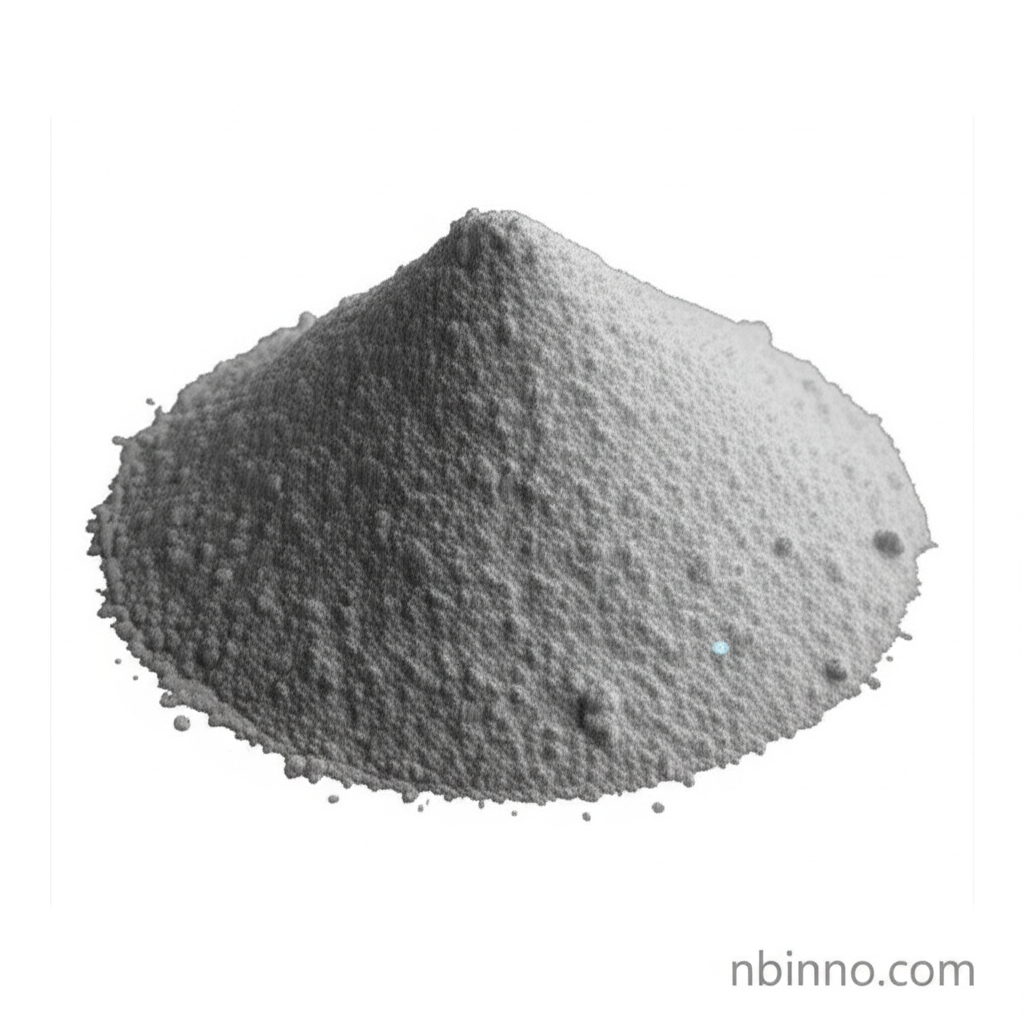Doxapram CAS 309-29-5: Understanding Respiratory Stimulation and Its Chemical Properties
Explore the vital role of Doxapram in respiratory support and its key chemical characteristics.
Get a Quote & SampleProduct Core Value

Doxapram
Doxapram is a critical respiratory stimulant, also known as an analeptic, primarily used to enhance breathing. It works by stimulating chemoreceptors in the carotid bodies, which in turn invigorates the brain's respiratory center. This action leads to a significant increase in both tidal volume and respiratory rate, making it invaluable in treating conditions like respiratory failure and depression caused by certain medications.
- Doxapram CAS 309-29-5 respiratory stimulant: Discover the chemical identity and primary function of this key pharmaceutical intermediate.
- Doxapram chemical properties: Learn about its physical attributes, including its crystalline powder form and stability.
- Doxapram medical use: Understand its application in intensive care settings for patients with respiratory failure.
- Understanding respiratory drug mechanisms: Gain insight into how Doxapram interacts with the body's systems to promote respiration.
Key Advantages of Doxapram
Effective Respiratory Support
Doxapram reliably stimulates the respiratory center, providing crucial support for patients experiencing slowed or shallow breathing. This makes it a vital component in critical care scenarios, as highlighted in discussions around pharmaceutical intermediate properties.
Chemical Stability and Purity
As a white to off-white crystalline powder, Doxapram is noted for its stability in light and air, and its solubility in water. These characteristics are essential for its formulation and efficacy as a pharmaceutical intermediate.
Broad Application Scope
Beyond its primary medical use, Doxapram's chemical profile also places it within categories like UV-Curing Materials and Electronic Chemicals, showcasing its versatility as a fine chemical. Understanding its specific Doxapram chemical properties is key to exploring these diverse applications.
Key Applications of Doxapram
Medical Respiratory Therapy
Its primary role as a Doxapram respiratory stimulant makes it essential for treating respiratory depression and failure, supporting critical patient care.
Research and Development
The detailed Doxapram chemical properties and CAS number (309-29-5) are vital for researchers in pharmacology and medicinal chemistry studying respiratory mechanisms and drug development.
Fine Chemical Industry Applications
As a fine chemical, Doxapram's unique structure may find applications in specialized areas within the UV-Curing Materials and Electronic Chemicals sectors, requiring a deep understanding of its Doxapram chemical properties.
Pharmaceutical Manufacturing
Its role as a pharmaceutical intermediate highlights its importance in the synthesis and production of various therapeutic agents.
